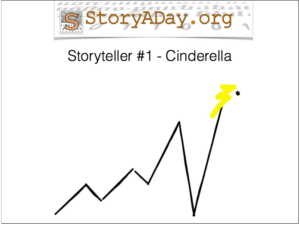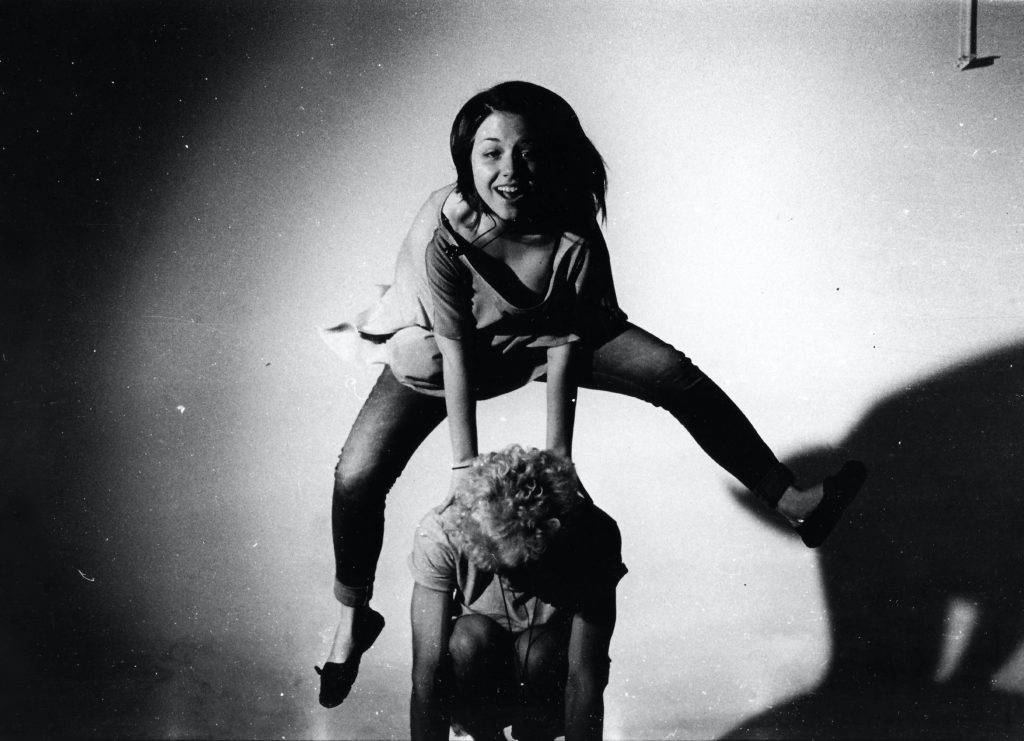Write a story with a Cinderella story structure: try, fail, try, fail, try, fail, life-changing moment.
We’re starting our week of Story Elements prompts with a deep dive into story structure.
Ready? Let’s dive in.
The Prompt
Write A Story With a “Cinderella Story Structure
The Life-Changing Moment
I come to believe that short stories revolve around one life changing moment.
It doesn’t have to be literally life-changing, but it has to change something for the characters (temporarily or permanently).
If you’re writing quiet internal literary fiction, the moment is going to be something small, like realizing you can’t go on in this relationship, or this job.
If the story is a big action thriller then the life-changing moment could be anything from the moment you decide you need to take action, to the moment when you win or lose.
A Cinderella Story Structure

In the story of Cinderella our heroine wants to find happiness. She tries and fails and tries and fails. A lot.
- She tries to find it by being nice to her sisters and stepmother, but they just treat her terribly.
- She tries to find it by going to the ball, but she’s not allowed to go.
- She tries to find it from her fairy godmother. This one almost works, but there are time limits and she fails. When the love-struck prince can’t find her, all is lost.
Eventually, the life-changing moment comes at the end of the story when the prince finds her and Cinderella gets to choose her happy ending.
(In most versions she says yes and marries the prince; in every version, this choice is the first time Cinders has had any power. This is when her life changes.
So, this is where the story ends because the character’s story arc is over: She has her chance to reach her goal, at long last.
How To Write A Cinderella Story
Write a story with a Cinderella story structure: try, fail, try, fail, try, fail, life-changing moment.
- Let you character want something. In Cinderella’s case she wants happiness. Your character might want anything from fulfillment to a piece of chocolate cake!
- Start the story with the character in a place where they don’t have the thing they want.
- Let us see the character trying to achieve their goal once, twice, three times.
- The first failure can be pretty small. (She drops a perfect piece of chocolate cake on the floor.) The second failure should be a little more discouraging. (She goes to the shop and discovers they’re out of cake.) The third failure should seem insurmountable.(The government bans chocolate cake!)
- These failures have taught the character how much they want their goal and that the only way to achieve it is through using their unique talents. Now the climax is on. (In my story, for example, my witty and feisty heroine decides to run a political campaign and get elected to office in order to strike down this terrible anti-chocolate cake legislation. Your story could be more serious.)
- The story ends when the character realizes what needs to be done and makes the decision to pursue it or to walk away. In a short story you don’t have to show was the rest of the events. The arc, the journey, for the character is over at the moment when they see the path to pursuing their goal.
- Of course this is not the case in every story structure but in this story structure, the Cinderella story structure, the character’s journey — and the story — ends here.




